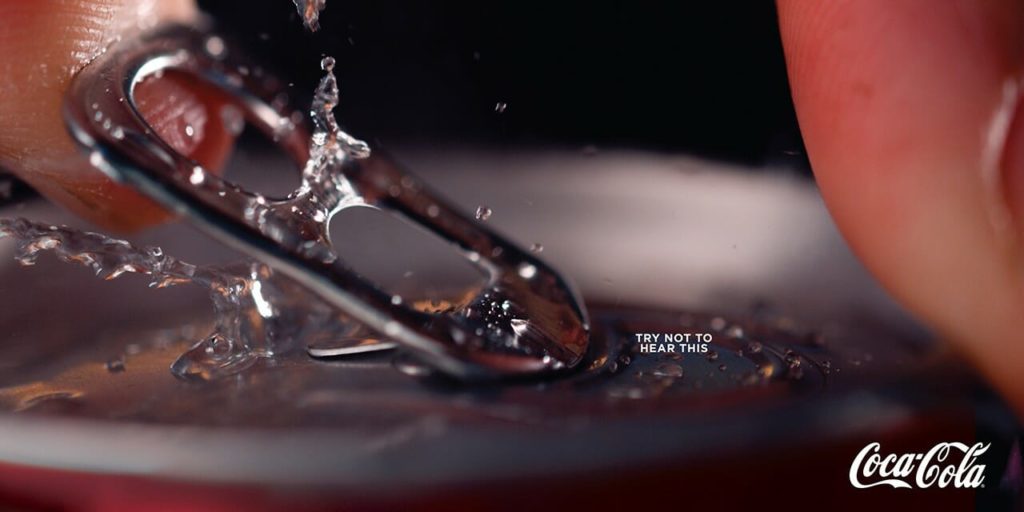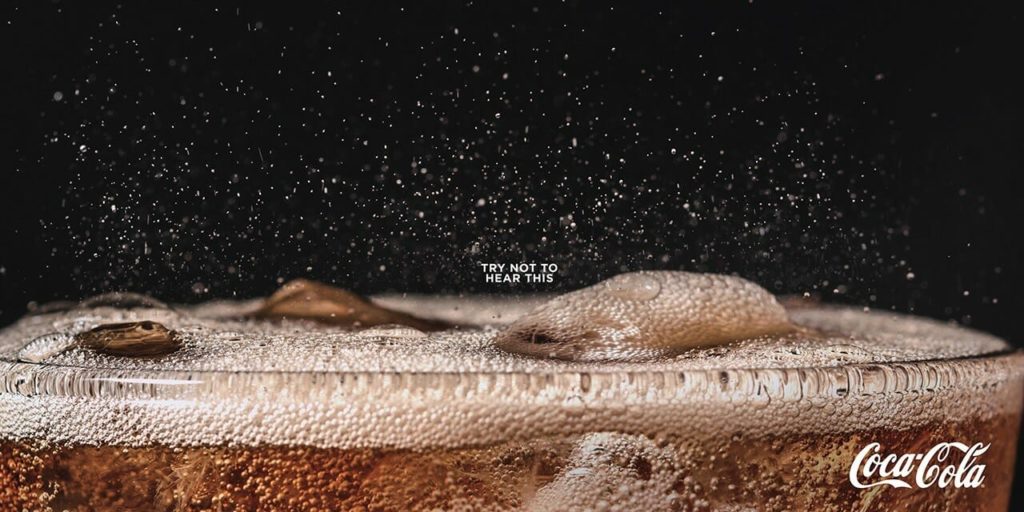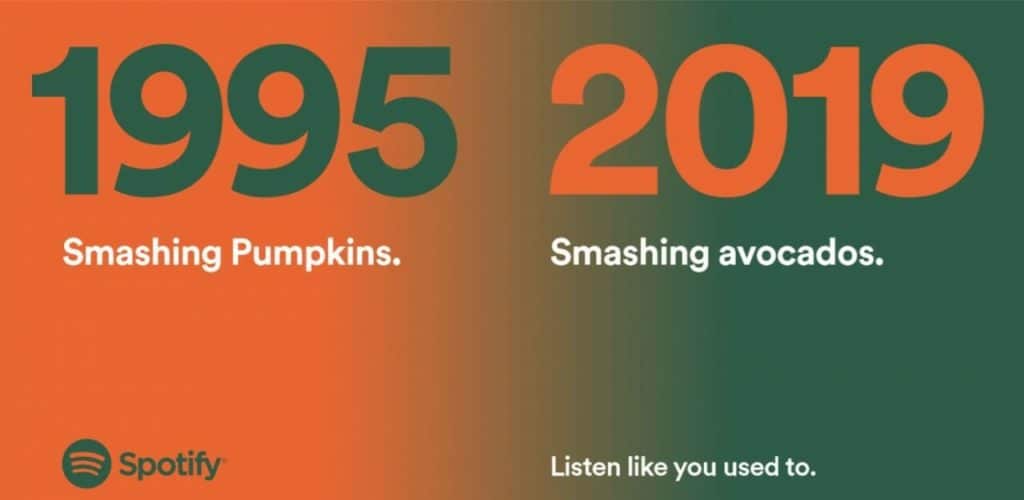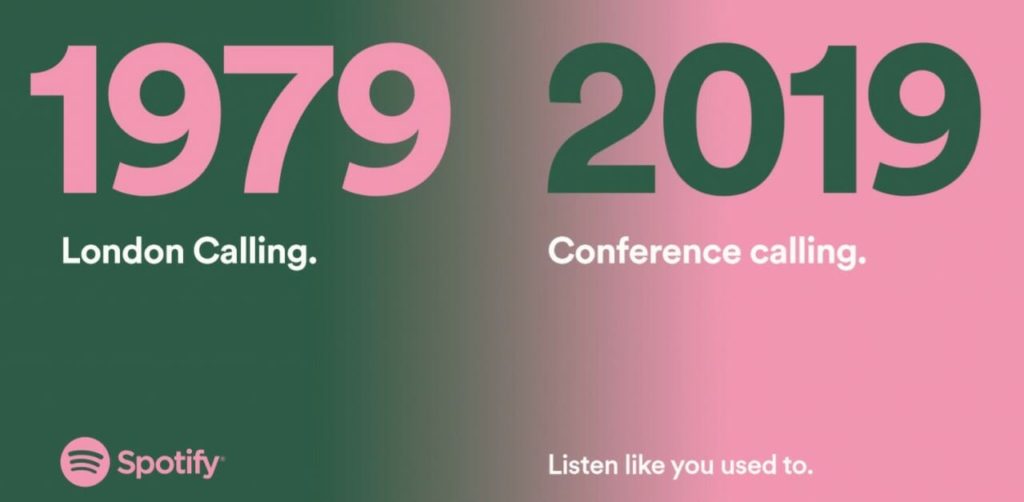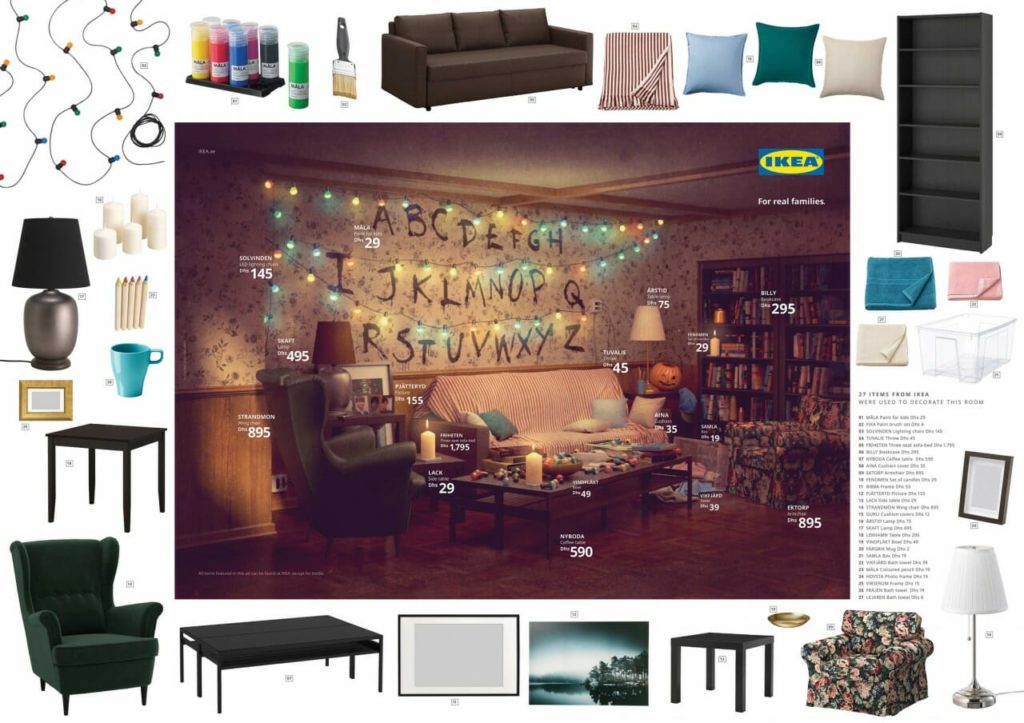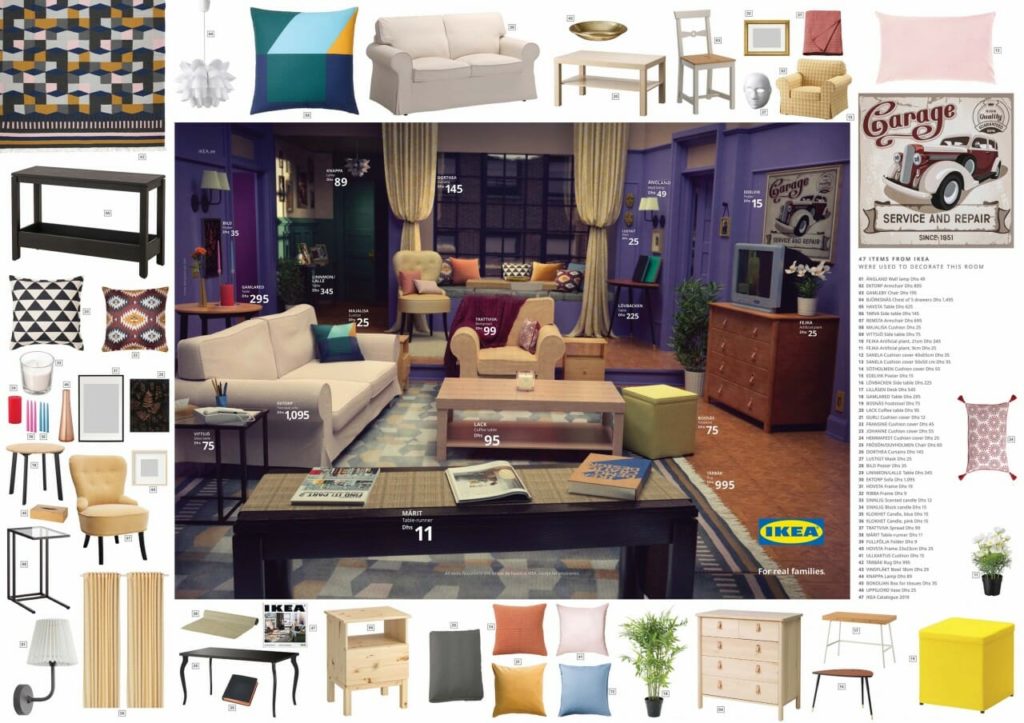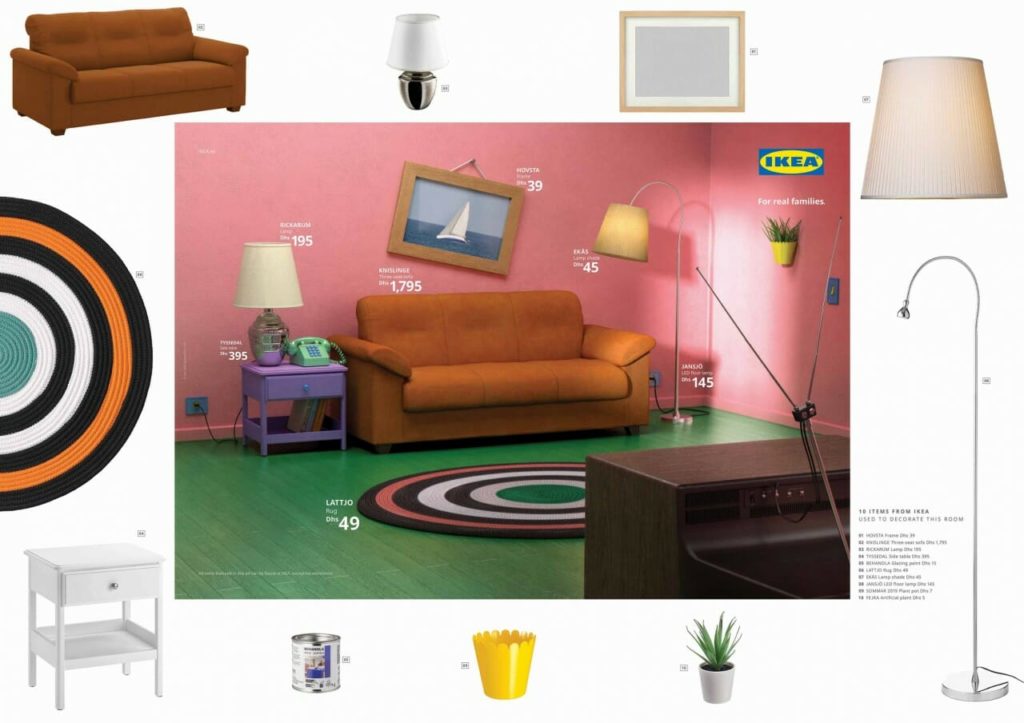6 Digital Marketing Trends to Pay Attention to in 2020
We are mentioning six marketing ongoing trends or shifts. Not all of the trends we listed are manageable for every company, but they show the direction in which marketing is going. It’s beneficial to be aware of the current and upcoming trends so you can identify which ones your company may use to stay competitive in your market.
The 6 Digital Marketing Trends to Pay Attention to in 2020
This list includes the top trends that we see lasting throughout the whole year and beyond.
1. Personalization
The first trend is a shift towards more personalized communication and marketing. Personalization, also known as one-to-one marketing, is using data to send out brand messages to a specific potential customer. This means more content, products, emails, contests, experiences, etc. that can be tailored to an individual consumer.
The digital landscape today is filled with ads and so much information that consumers are often overwhelmed. They can easily tune out, skip or ignore the basic ads. So, brands and marketers will have to appeal to consumers in more unique and personalized ways. Using different appeals and directing them to types of individuals will make a more substantial impact.
Additionally, with consumers being exposed to more ads that every before, they are able to see through the business that want to make money quick. This means they want businesses that are trying to help them solve their problems and to be seen as individuals, not just another sale.
According to a survey conducted by Marketo, 63% of respondents said they were annoyed with the way that brands blast basic advertising messages repeatedly. In an Epsilon survey, 80% of the consumer respondents say they are more likely to do business with a brand if it offers personalized experiences.
This shift is a wonderful opportunity for brands to listen to and connect with their audience in a deeper more authentic way.
2. Video Marketing
Video will continue to be king this year. Over the last few decades, consumers have shown the need for this marketing tool. All major social media platforms introduced their compatibility with video soon after their start. Facebook, Instagram, and Snapchat all began with just sharing photos but quickly added video.
Other platforms such as YouTube have experienced impressive growth and it now has 1 billion mobile video views per day. The app Vine, that only featured videos, had viral success during its four-year run. After it ended in 2016, consumers’ desire for video content brought about the more recent app TikTok.
Additionally, live video and video podcasts are becoming more popular. Consumers want to feel connected with the people, influencers, or brands they love. Whether that means getting the newest information through live video or seeing how their favorite podcast shows are setup and what the hosts look like.
For businesses, using video on your website can help with SEO and ranking. Adding video into your social media feed and starting live videos on Facebook and Instagram will help engage your followers. Using video ads on YouTube, Facebook, and Instagram will allow you to get in front of your audience in a more dynamic way.
Video is one of our favorite tools that we have used for our brand and our clients. It’s a medium that makes for a better connection with the viewer. If you haven’t already made video a part of your marketing plan, this is the perfect year to start adding it.
3. Voice Search
Voice search has become more prevalent in marketing in the past few years. Amazon and Google introduced their smart speakers roughly six years ago and have steadily become a part of homes throughout the world. In the US specifically, 25% of households now own a Google Home, Amazon Echo, or another smart speaker.
Now that they are so widespread, voice search has become essential to digital marketing strategies. These statistics from WordStream show it’s importance:
- 50% of all searches will be voice by 2020
- 72% of individuals who own voice-activated speakers say that their devices are used as part of their daily lives and routines
- Voice shopping is set to go from $2 billion today to $40 billion in 2022
- 55% of all American homes will own a smart speaker by 2022
Using voice search in your digital marketing strategy helps build your brand awareness but also helps in creating an improved experience for customers. Online ads could be the next marketing tactic to move into the voice and smart speaker arena.
Voice isn’t likely to replace text search in the near future, but it will only become more integrated into the way consumers interact with the internet and brands. It’s a way for businesses to get ahead of competitors and build the awareness and loyalty of consumers.
4. Artificial Intelligence
Artificial Intelligence, or AI, often makes people nervous about what the future holds or frustrates them with the amount of times they’ve heard about it. Truthfully, AI has and will keep on assisting a variety of industries. For marketing, it’s allowed companies to have quick answers for customers and deepen consumer loyalty through programs such as Chatbots.
Also, AI can help predict consumer behavior, analyze data, assist in personalized content and target your audience more efficiently and accurately than before. This not only saves businesses’ time and money but improves engagement and conversions.
It’s taking out the grunt work so you can focus on your marketing strategy and improving the service and experience you give your customers. AI won’t replace the people behind your brand, it’s simply going to reduce waste in various parts of your business processes.
5. Security
Now that our world is so dependent on technology and more of our information is stored online, security is an element in digital marketing that will continue to be important.
Over the course of 2019 we’ve seen the topic of security come up within the social and marketing field a multitude of times. All the data breaches, social profile hacks, and selling of consumer data has pushed brands and consumers to up the protection on their websites and online profiles.
The companies that used consumer data in unethical ways, like Facebook, were forced to adjust and to release new privacy protections and security programs. This was followed by other platforms improving their privacy and security policies as well.
Scammers and hackers are advancing and going after larger companies’ programs or websites and famous social media accounts. So, if you haven’t taken the measures to secure your website or ensure that your programs and social media accounts are safe, this is your reminder to do that in 2020.
6. Shoppable Content
One social media trend that will have a more direct benefit for businesses is the increase in shoppable content. Pinterest was a pioneer of the concept of connecting social media platforms and shopping. They’ve been an integral part in lots of consumers purchase decision journeys and they made it easy for users to find new products through their platform.
This past year both Pinterest and Instagram continued to improve their tools to allow consumers to shop directly from the social media platforms. With these improvements, more businesses this year will want to take advantage of this technology that leads to direct conversions.
Instagram added the “Swipe Up” links feature on Stories a few years back, which made it easy for consumers to find and buy the products of the brands and influencers they love to follow. With the incredible response they got from that, they went further by creating Shoppable Posts. These posts are identifiable in a brand’s feed with a shopping basket icon in the top right corner. Additionally, there’s a tab alongside the main feed, IGTV, and Tagged In tabs on a business profile.
Instagram enhanced the social commerce on their app further by introducing Instagram Checkout in 2019. This allows users to buy products directly from their favorite shop’s profile without having to leave the platform. Checkout has you enter your name, email, billing information and shipping address all within Instagram, the first time you check out. The Checkout feature also makes it easy for users to donate when prompted with the Donation Tool in Instagram Stories from any brand, influencer, cause, or non-profit they follow.
If you sell products on Shopify, you can link to your Instagram or install a plug in for Snapchat so your consumers can easily purchase from you via social media.
This feature levels the playing field for smaller brands since it allows them to focus their energy on getting conversions on the same platform where they are producing content and connecting with customers.
Conclusion
As we take on our new marketing goals and projects of this year, it’s best to be prepared of what’s to come. Based on these trends, the general direction of digital marketing is going towards more personal and unique experiences for consumers all with the help of efficient and automated technology. So, if we want our companies to grow, we need to keep learning how to adopt new trends, how to innovate, and how to embrace the changes that come with the fast-paced digital world we live in.
What trend can your business apply?
Click here to learn more about digital strategy.
Sources:
https://instapage.com/blog/personalized-marketing
https://www.wordstream.com/blog/ws/2018/04/10/voice-search-statistics-2018
https://www.singlegrain.com/digital-marketing/digital-marketing-trends-2020/
